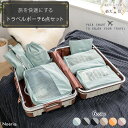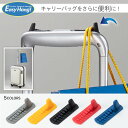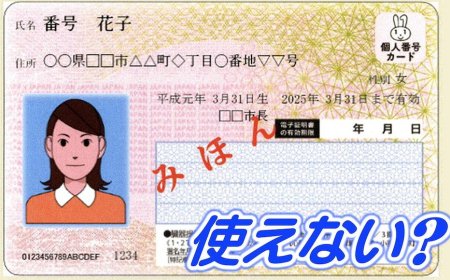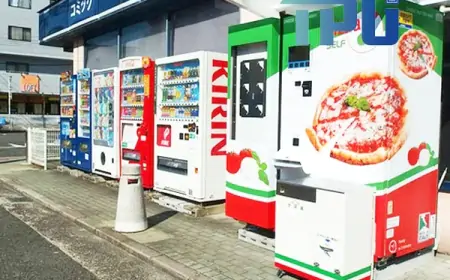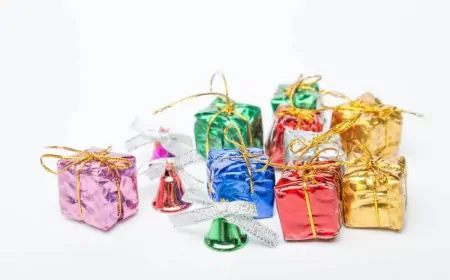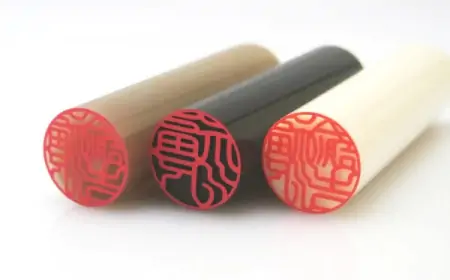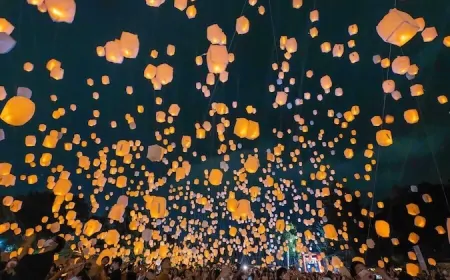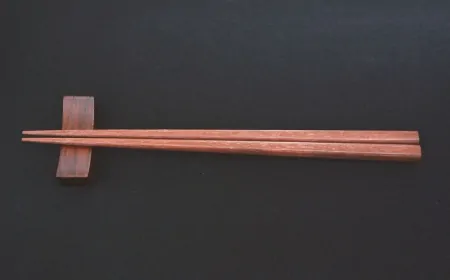The art of dyeing Shibori fabric
In Japan, Shibori has been used for over 1300 years, and the silk dyeing technique “Kyo Kanoko Shibori” is considered unique in the world.

“Kyo Kanoko” has been creating beautiful clothes that adorn Japanese life for many long years.
The dyes used for the Shibori fabric dyeing method are of natural origin. This dyeing method has many different ways of folding, tying, and splinting fabric, thereby creating different patterns on each product. The fabric used for dyeing also needs ingredients from natural fibers such as silk, silk, cotton, 100% cotton fabric, etc.
In fact, becoming a professional Shibori dyer is not easy. It takes at least 5 years of mastery training to master all the dyeing processes. However, there are still basic techniques that are relatively simple enough that skillful hands, even without a real apprenticeship, can also make unique and strange fabric colors as desired.
History
The Japanese art of Shibori has created many high-class fabric dyeing techniques and is inherited from generation to generation. After the Kamakura era (1192-1333), Shibori-dyed fabrics were used as clothing for the Samurai class. The last years of the Muromachi period (1336-1573) featured the "Tsujiga-hana" dyeing technique, which was used by women and children of the Samurai class, as well as by young men and military commanders. Tsujiga-hana is the technique of dyeing embellished with gold and silver, and other embroidery techniques. This art was developed by the inventor of the kimono, to show respect to nature.
During the Edo period (1603-1868) there was a high-class technique of dyeing Shibori on silk in Kyoto Prefecture, and conventional Shibori dyeing on linen and cotton with indigo in Arimatsu, Narumi, Bungo and Takase. Kosode skirts use the Kyoto Kanoko technique that was used by upper-class women and Samurai. In the second half of the Edo period many new advanced techniques were developed, the most prominent of which was Honza Kanoko. This is a technique of dyeing by tying the fabric without drawing patterns, using only the sensations of the fingertips, and requires advanced and complex skills.
Normally, Shibori-dyed fabrics are ironed flat until the appearance of a Kanoko Shibori pattern appears. After creating patterns on the fabric, add colors like the Shibori craft technique to emphasize the high-class value of Shibori Kanoko. However, due to Kanoko's popularity, the shogunate banned Kanoko Shibori in 1683, and the ban grew stricter until 1850.
During the Meiji period (1868-1912), Kanoko Shibori was highly regarded and liked at the 1873 World's Fair held in Vienna (Austria), as well as other exhibitions around the world. In addition, Kanoko Shibori is also recognized as a specialty of Kyoto in the Japan Domestic Trade Exhibition held every 5 years. However, during the second half of the Meiji era, the traditional craft industry was abandoned due to the rapid development of industrialization.
Basic Shibori Techniques
According to research, this method appeared in the 8th century, and indigo was the main dye used. Today, although the sewing industry has reached its peak, these handmade fabric dyes are still loved by many people because they represent the art of creativity. The patterns after dyeing will have a random shape, each way of tying the fabric gives a different pattern. Since each Shibori method is suitable for a particular fabric, care should be taken when choosing to achieve the desired effect. The patterns after dyeing have random shapes, from simple to complex, but almost endless for your creative passion. In fact, to become a professional indigo dyer, it takes at least 5 years of apprenticeship with a master craftsman to master all the dyeing process. There are 6 famous Shibori techniques which are Kanoko, Miura, Kumo, Nui, Arashi and Itajime:
Arashi: Arashi (Japanese for storm) is shibori in a scroll style. The fabric will be wound diagonally on a wooden cylinder (you can use PVC or copper pipes), then fasten the fabric with thick thread or small rope, wrapping it around the tube from one end to the other. After dyeing, the fabric will have streaks of color, like large raindrops falling in a storm.

-Kumo: is a dyeing method that combines twist and column. This technique uses spherical solid objects such as stones and pebbles to create textures. People use cloth to wrap the stones, and then tie all the pieces of cloth together. After dyeing, you will immediately have a series of different large and small round spots, which look very eye-catching and impressive.

-Itajime: is a technique that uses the method of folding fabric and using 2 wooden sticks to clamp the fabric. The parts that are clamped and tied with the elastic will not let the ink through, and we get the correspondingly shaped spaces.

-Nui: is a technique of dyeing fabric stitching. The fabric will be simply sewn, then tighten the thread to grab the fabric. This method uses wooden pegs to tighten the thread and ensure fixation when dyeing. This method is highly accurate and produces the widest variety of textures.
-Miura: is a technique using the method of tying. First you use the crochet needle to pull the fabric, then use the thread to tie each knot twice. Tie the thread with just the right amount of tightness to hold in place, not knot. This is the simplest Shibori dyeing technique.
-Kanoko: in Shibori is a technique similar to Tie-dye dyeing popular in the West. Kanoko uses the method of tying up pieces of fabric and tying them together with thread to create the desired patterns. Although the traditional method uses only to tie, you can also use elastic bands instead. The texture after dyeing depends on how tight the fabric is tied and whether you fold the fabric first. Most of the circular motifs are created by this technique.
Shibori dyeing process
- Hana-nuki and Bleaching: The process of getting rid of Aobana is called "Hana-nuki". Soak the tied cloth in water for a day. Boil in boiling water for 20-30 minutes, then boil again with Sodium Hydrosulfite bleach at 70-80 degrees Celsius for 15-20 minutes. (Soap may be used depending on the type of stain.) Finally, wash the chemicals in the water.
- Dyeing and Decoloring:
Dyeing and matching is done according to the experience and intuition of the craftsmen as they consider the condition of the fabric and dye. Add an absorbent and stain at 80 degrees C for 20-25 minutes. Then decolorize with Sodium Hydrosulfite at 80 degrees Celsius for 20-25 minutes. - Other dyeing methods:
There is a special dyeing method called 'Shibori Rouketsu', which can create unexpected patterns by wrinkling fabric in a Sunoko (similar to a waterproof sheet) and pouring dye at a specified temperature onto the fabric with a watering can.
There are also other dyeing techniques such as 'Itajime' and 'Pakudan Pokashi'.
--------------------------
Injavi.com - Visit in Japan
Related Products
